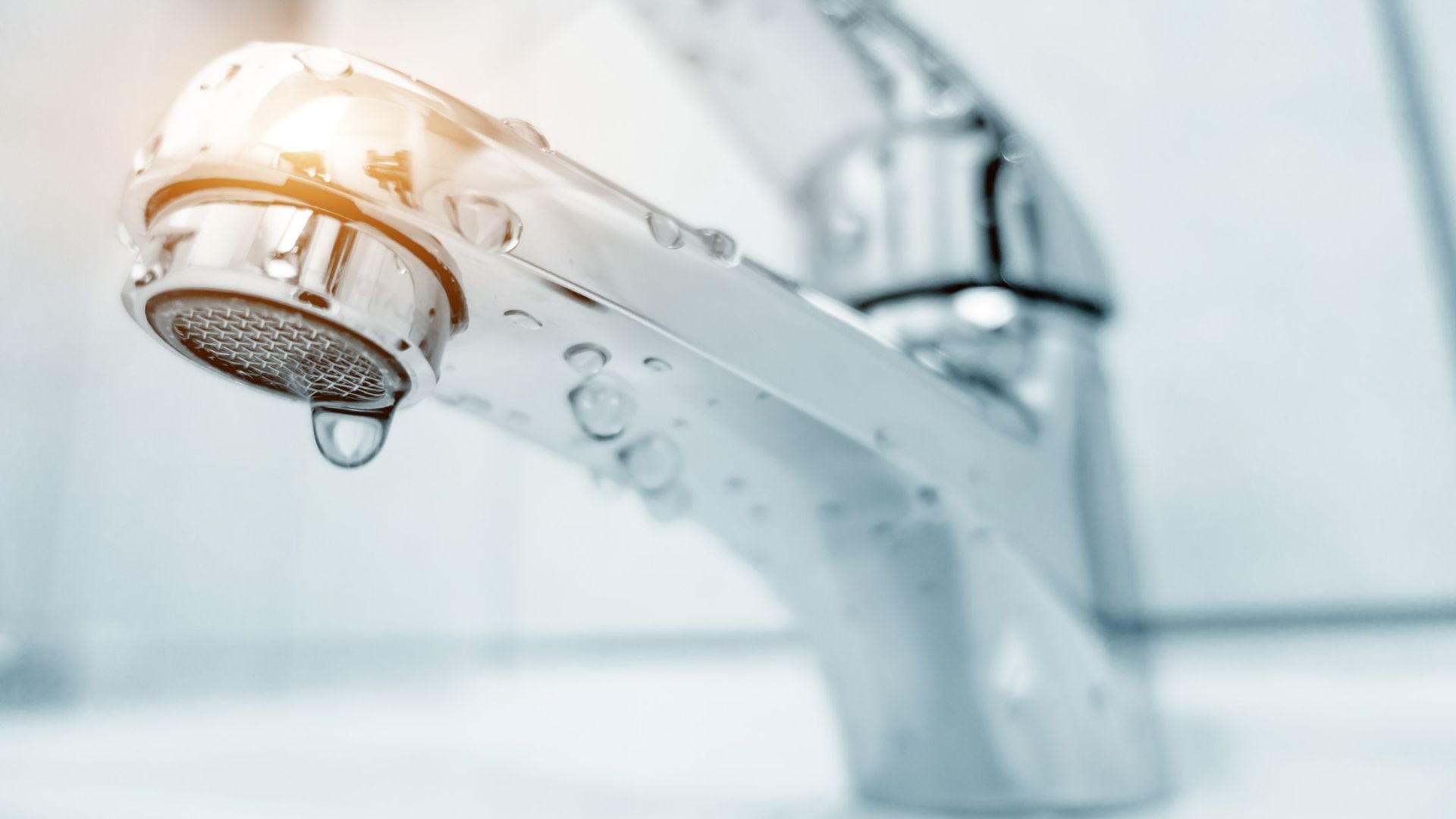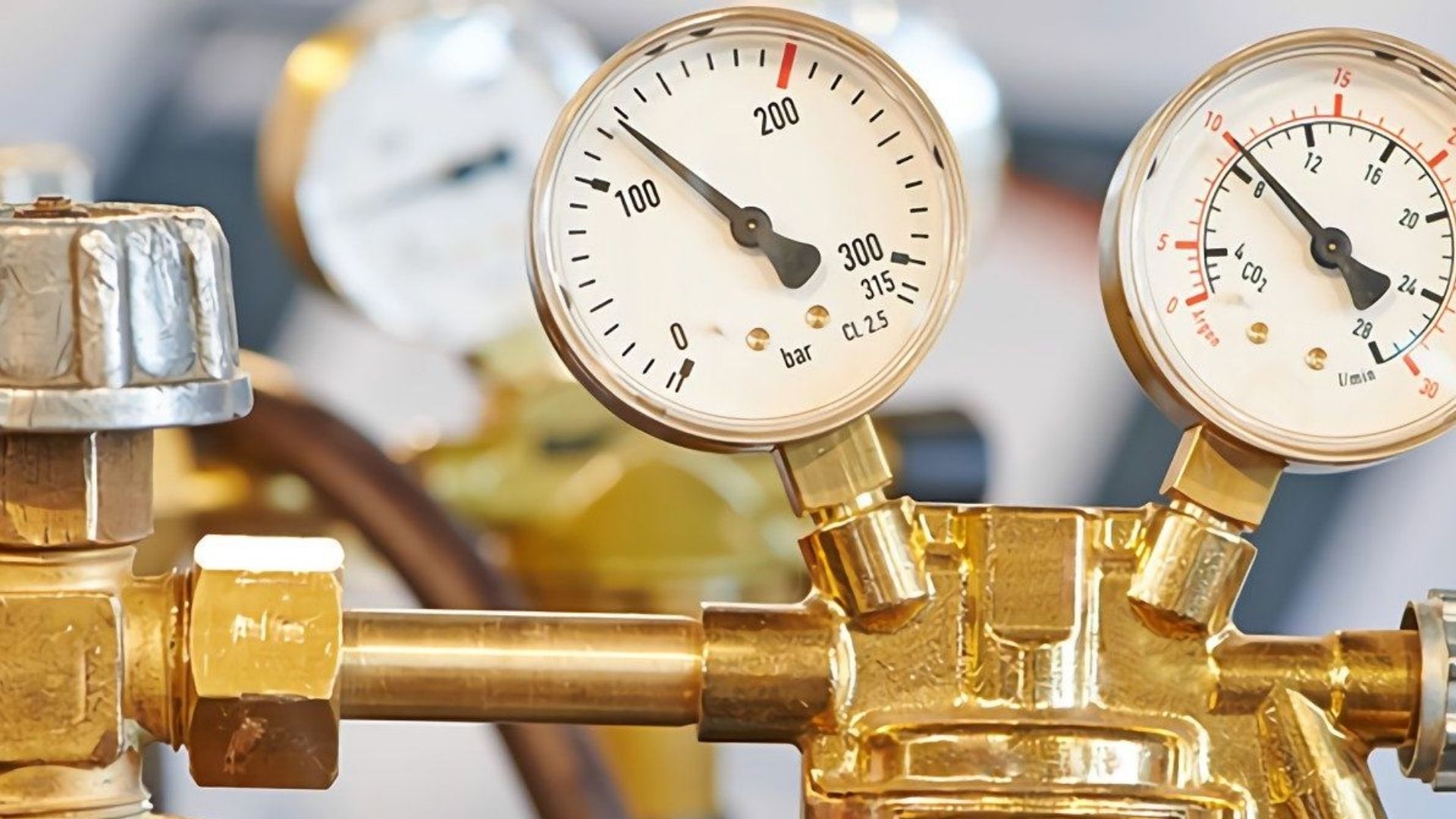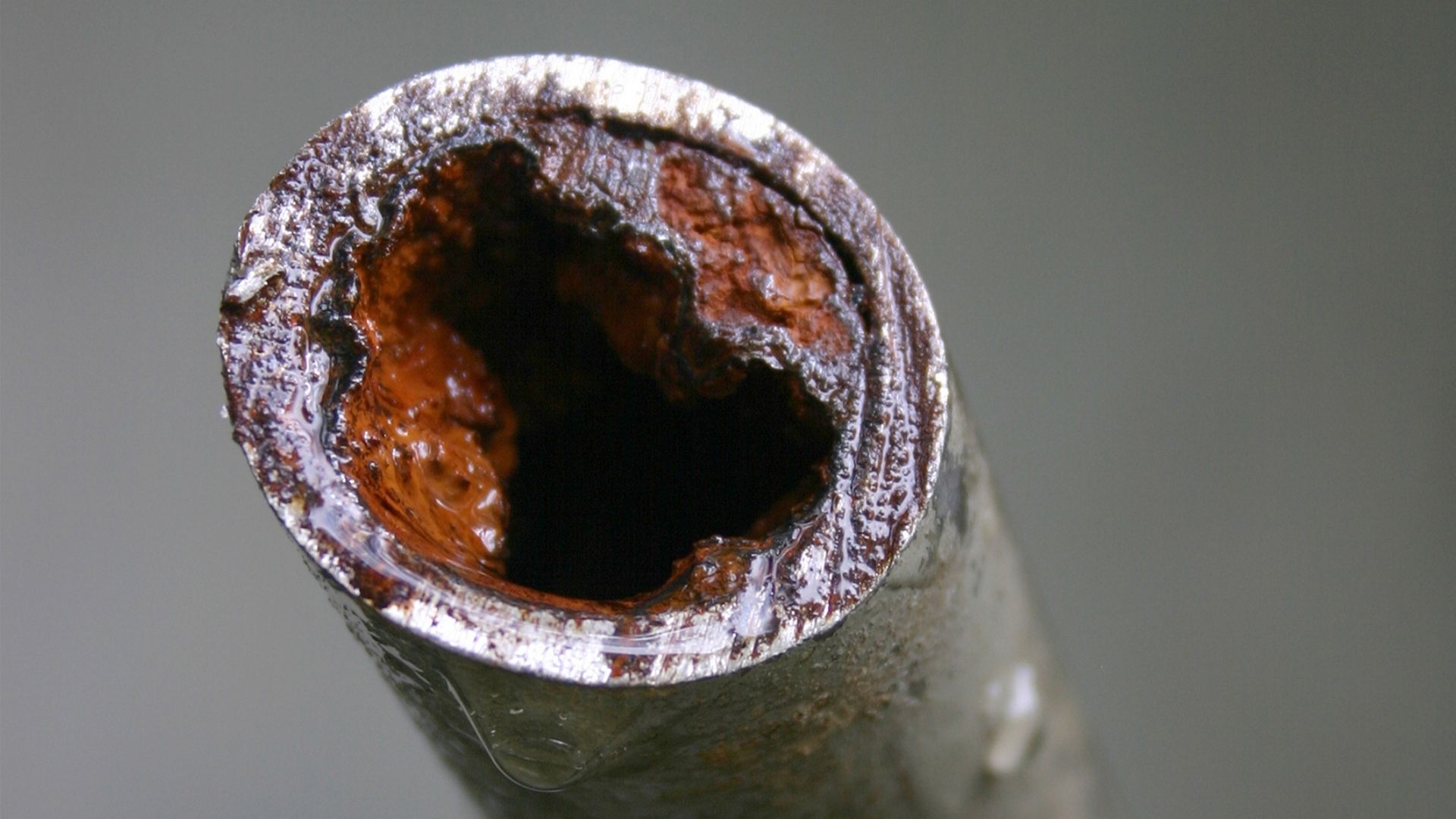7:00AM to 5:00PM
Are the cold water taps and faucets in your home taking much longer to fill a bucket or bathtub when it seems to flow at the minimum pressure? Or is your hot water system or showerhead offering a weaker spray? Either way, the culprit is lower water pressure. From corroded pipes to a problem with your main water supply, such as your stop valve, there are many reasons your water pressure is low in the whole house. Low-pressure occurrences can arise for several reasons, like a problem in your pressure regulator or a burst pipe, and manifest in many other ways aside from low water flow, with some also leading to another internal plumbing issue. So, to get rid of this problem quickly and get your regular water flow from the water main, you’ll first need to understand the probable sources for your low or low water flow. That’s why we’ve prepared this simplified guide to help you out. Let’s start!

Before examining your internal pipe system, know whether your neighbours are reporting similar issues and experiencing low water pressure. If so, the low water pressure is probably not the result of any problem in your house or property’s plumbing, and there’s no need to call a local plumber to get your regular flow of water back. You can also contact the water supplier to figure this out and know whether they are trying to fix any issue in their supply system.
If your house is the only one in the block witnessing this problem, it indicates it lies in the house itself.
The water supply can be adversely affected if the main shutoff valve is not fully open. That’s why locating the valve and checking whether it’s fully open is essential.
After finding the valve, determine whether it has a wheel-shaped or lever-shaped handle. Accordingly, opening the valve fully counterclockwise or parallel to the pipeline would be best.
A regulator adjusts the pressure at the source of your water supply to an ideal level for the house pipes. However, remember that not all plumbing systems are equipped with this fixture.
Pressure tests can help determine whether the fixture is working correctly if you have it. Add a water pressure gauge to the external hose spigot, preferably closest to the regulator.
The gauge will instantly give you the water pressure reading when turning the water supply on. If that’s lower than that indicated by the regulator, the latter is the problem’s source.

Clogs can build up beneath the drains and deep within the pipelines. And the smallest clogs can mess things up enough to reduce water pressure.
Since such an issue can occur anywhere beneath the house, it’s among those situations when calling a plumber is the best way out. After all, trying to fix it on your own might make things worse.
The second valve that controls the water consumption in your home is the water meter valve. Since this is the company’s responsibility, most residents won’t have to deal with it directly.
But if you had a plumbing job done recently and that’s when the issue was noticed, the chances are that the valve wasn’t opened fully after the work was finished. So, someone will have to open it to normalise the water pressure. Also, check your stop tap; this may also be the culprit.
The low water pressure might also result from changes to the water pipe regulations in your city. In that case, the water supplier doesn’t choose to comply with the changes. However, installing a water-pressure boosting system at home can help solve this issue effectively.
As the name suggests, shared water supplies water to multiple homes. This will cause low water pressure when neighbours sharing the pipeline use the water main for their needs. This implies that the water supply is divided between more than one household.
However, if you can roughly estimate when the neighbours aren’t using their water, the water supply at your home should have the ideal pressure.
Over time, water pipes can become blocked by mineral deposits, rust, or other materials. One simple way to diagnose if blocked pipes cause the problem is to open the tap normally, but then the flow drops significantly. Contact your blocked drain plumbers immediately to remedy this emergency plumbing situation.
Most pipes have an expiration date, beyond which they might start corroding. And for those made from materials such as galvanised steel, the corrosion might start manifesting in just about 20 years. However, copper and brass pipes are relatively more long-lasting. Copper pipes, in particular, can last for up to 50 years.
Note that older houses’ private plumbing is likelier to have galvanised steel pipes, so you must track when they need replacement.

If you notice low water pressure in multiple plumbing fixtures in your house, the issue lies with the pipes or the water supply system. But if a few fixtures have a low water flow, you might want to check them out.
A limescale or dirt build-up might affect the faucet aerators and reduce the water volume released without changing the low water pressure. As such, you must remove the aerators and find out if they need cleaning.
If the foundation or basement of your house is flooded, it’s obvious one or more of the pipes are leaking. However, a minor leak can also mess with the low water pressure by misdirecting the water supply. This implies that even if all the other parts of the plumbing system work properly, you won’t get regular flow when you have a concealed leak in the water pipes or a burst line in the property’s plumbing system. You’ll need to call a local plumber in the morning to ask for plumbing services on the low water pressure issue and your internal leaks.
Now that you know the causes behind low water pressure in any home, you can efficiently tackle your private plumbing in such situations. Just be alert enough to notice any irregularity in the plumbing system, and if need be, don’t hesitate to call a licensed plumber to fix your residential plumbing issue. Most emergency plumbing situations just can’t be procrastinated. Contact a qualified plumber for professional service on your water pressure issues and other plumbing problems immediately.
Call us and our local plumbers will take care of the low flow in your water pipes and even your high water pressure if you’re experiencing the opposite. We can reduce the flow and prevent damage to your water network and private plumbing. Better be safe than sorry, right?
On that note, it’s time to wrap up. See you soon and take care!